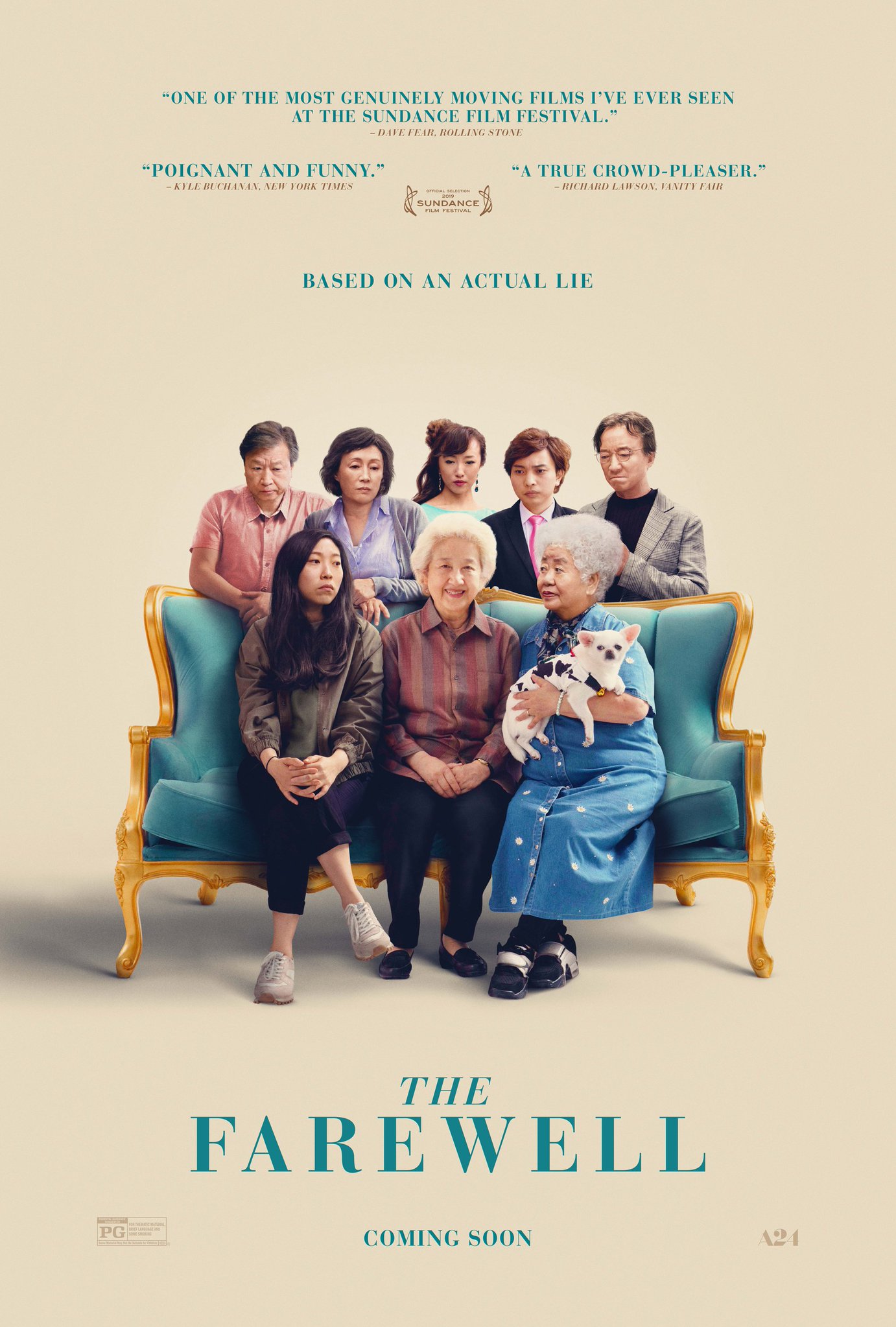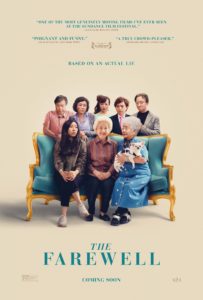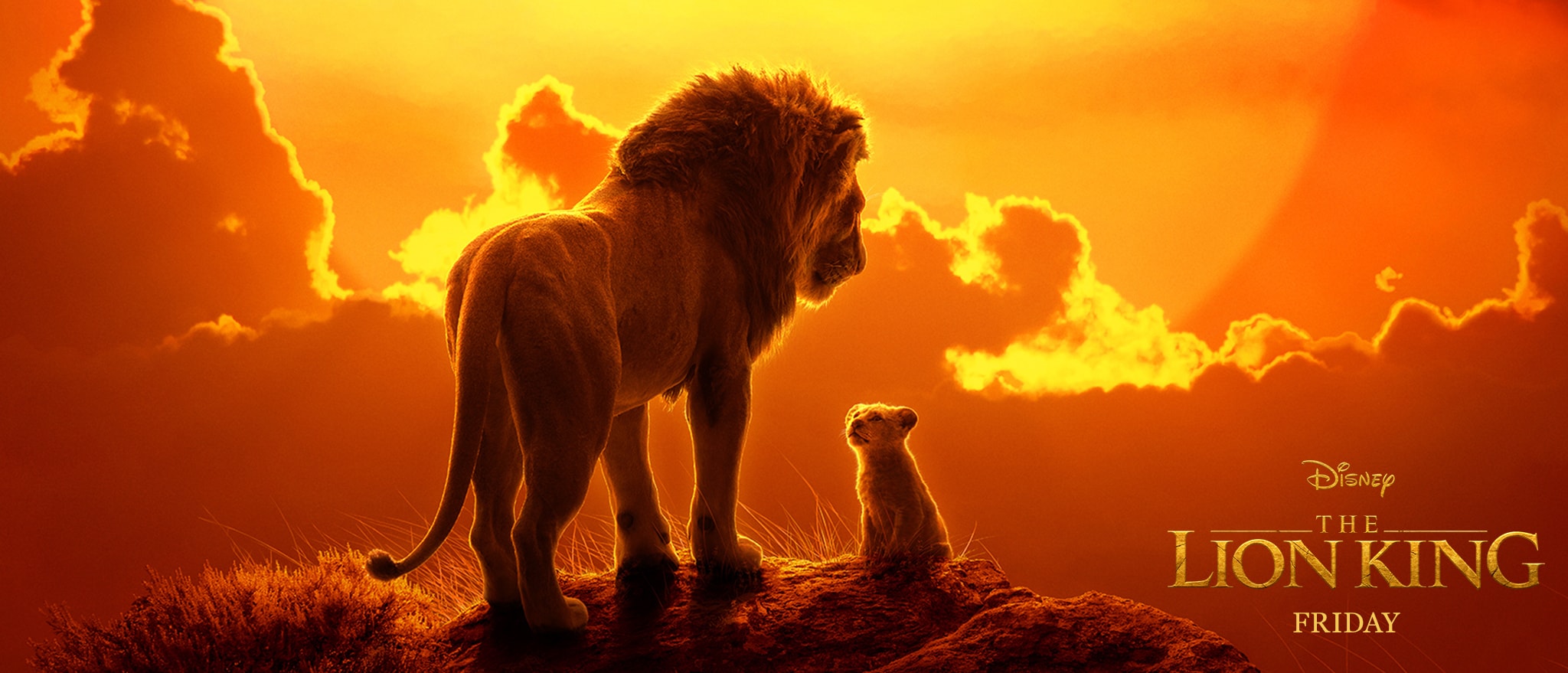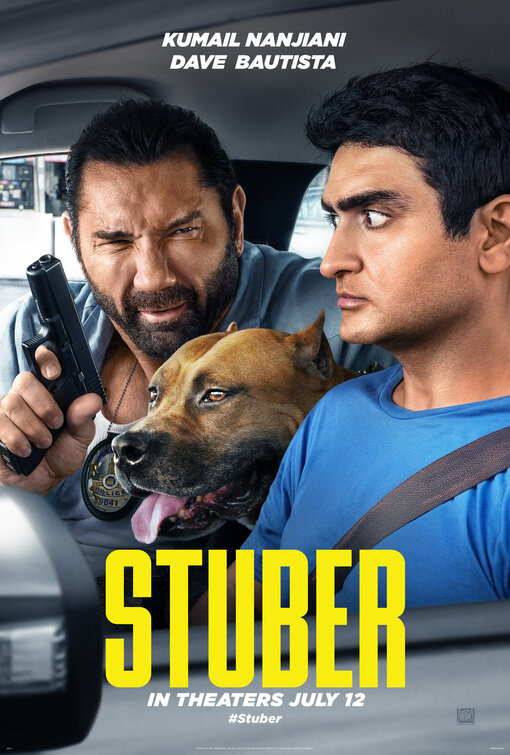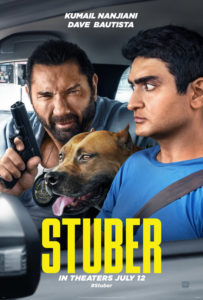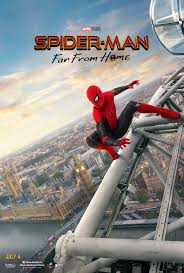Once Upon a Time…in Hollywood
Posted on July 25, 2019 at 12:00 pm
B| Lowest Recommended Age: | Mature High Schooler |
| MPAA Rating: | Rated R for language throughout, some strong graphic violence, drug use, and sexual references |
| Profanity: | Pervasive very strong language |
| Alcohol/ Drugs: | Drinking and drunkenness, drugs |
| Violence/ Scariness: | Very intense and graphic violence, characters injured and killed |
| Diversity Issues: | None |
| Date Released to Theaters: | July 26, 2019 |
| Date Released to DVD: | December 9, 2019 |
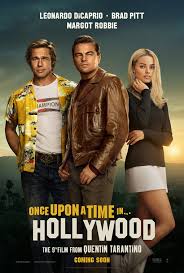
Quentin Tarantino is a brilliant filmmaker who does not have anything to say. If you are looking for surface, you cannot do better. His camera placement and editing are impeccable. His attention to detail is unsurpassed. Remember the great Jack Rabbit Slim restaurant setting in “Pulp Fiction,” with wait staff dressed as 50’s celebrities? (“That’s the Marilyn Monroe section that’s Mamie Van Doren… I don’t see Jayne Mansfield, she must have the night off or something.”)
Once Upon a Time…in Hollywood is an entire movie of that scene, set in 1969, with a slavish, bordering on fetishistic, attention to the details of that era. Or a very specific slice of the era, more created by than reflected in the movies.
Tarantino bonded with the films of that era when he was working in a video store and watching as many movies as possible. This film is more than a love letter to that era; it is his effort to live in it, not as it was, of course, but as it was portrayed in some of the movies whose titles we see in the film like “Three in the Attic” and “Don’t Make Waves” (which featured Tate as a character named Malibu who wears a bikini and jumps on a trampoline).
I was in high school at the time this movie takes place, and those details went straight to my bloodstream. It goes far beyond the markers we still associate with that era and into the deep cuts. I was especially taken with the fake magazine covers from MAD and TV guide which perfectly captured the Jack Davis/Norman Mingo styles. We see a party at the Playboy mansion with dancing Bunnies and Steve McQueen (Damian Lewis) chatting with Connie Stevens (Dreama Walker) and the Manson “family” on Spahn Movie Ranch (itself, like Dalton, no longer in its show business heyday). Mike Moh plays a bantam-like Bruce Lee. We hear songs by the Mamas and Papas and Neil Diamond, and Paul Revere and the Raiders’ “Good Thing” (co-written by Terry Melcher, former resident of the Polanski/Tate home, the son of Doris Day, and an acquaintance of Charles Manson). We glimpse a billboard for the long-forgotten film “Joanna,” starring Genevieve Waite (who would later marry a member of the Mamas and Papas). And Timothy Olyphant plays actor James Stacy, a star of the 60’s who was badly injured in a motorcycle accident in 1973. He was once married to Connie Stevens. It’s a small Hollywood world, and this movie keeps it even smaller.
The dialog snaps, the humor is dry, and the acting is superb. Leonardo DiCaprio plays Rick Dalton, a fading television actor who once starred in his own western series (“Bounty Law,” a combination of “Wanted: Dead or Alive” and a bunch of other cowboy shows), now guest-starring as the bad guy in pretty much every series on television, including real-life shows “The FBI,” “Mannix,” and “Lancer.” You can see how much fun Tarantino had making it look like DiCaprio was in those shows. Dalton’s stunt double, and friend who does everything for him and gets paid for it is Cliff Booth (Brad Pitt). Dalton is insecure and easily upset; Booth is understated and resolved. But both are in, if not career slumps, heading that way.
Dalton lives next door to director Roman Polanski (Rafal Zawierucha) and Sharon Tate (Margot Robbie). The story begins in February of 1969, when an agent (Al Pacino) encourages Dalton to revive his career with some spaghetti westerns. (The title of this film is a tribute to a pair of films by legendary spaghetti western director Sergio Leone.) And then it skips six months to August of that year, when Tate is very pregnant and her husband is out of the country. And when the Mason “family” is making plans to kill some of the rich and powerful.
Tarantino is as good as it gets when it comes to surfaces, and since this is a movie about surfaces (to the extent it is about anything), and thus it is very pretty and entertaining to watch. So audiences may not notice or mind that, as Gertrude Stein said about another California city, there is no there there. The episodic individual scenes are often absorbing and the characters, even those we might not respect, are people we enjoy spending time with. In addition to outstanding work from DiCaprio and Pitt, the cast features a number of excellent performances including Margaret Qualley as one of the Manson girls, Tarantino regular Kurt Russell as a stunt coordinator who does not want to hire Cliff, Julia Butters as a precocious child star, and the late Luke Perry as an actor.
There is some commentary about fantasy and reality — the weak actor who plays not just a tough guy but the archetypal western icon, and lives in a fancy house in the hills while the real tough guy lives in a trailer and can’t afford dinner. The adults who act like children and the child who acts like an adult. The hippies who speak of love and plot to kill. And the beatific madonna Sharon Tate, who shyly tells the girl at the box office that she is in the movie playing in the theater, the Dean Martin Matt Helm spy movie, “The Wrecking Crew.”
She is almost a dream figure like the blondes in “American Graffiti” and “Stardust Memories,” especially compared to the shrewish female characters in the film the stunt coordinator married to the Kurt Russell character and the unnamed character married to Booth. Tate smiles with happy pride in the theater as the audience laughs at her comic scenes as a beautiful but clumsy girl (the clips we see are of the real Sharon Tate in the film). Our knowledge of her real-life fate in one of the most notorious murders of the 20th century is an example of Tarantino’s appropriation of historical atrocities rewritten for pulpy pleasures to provide dramatic heft his screenplays otherwise cannot sustain (“Inglorious Basterds,” “Django Unchained”).
The episodic structure and narration that does not add anything from a character who has no reason to know the things he is describing show that as meticulous as Tarantino is about getting the details he cares about exactly right when it comes time to having them mean something, all he can do is create an extravaganza — although a watchable one — of violence and altered history.
Parents should know that this film includes extreme bloody violence with graphic and disturbing images, characters injured and killed, very strong and crude language, sexual references, drinking, smoking, and drugs.
Family discussion: Why did Tarantino want to make this film accurate in some of the details and depart from what happened in others? Why did Cliff insist on seeing George? Who is the narrator and what do we learn from him?
If you like this, try: the movies and television series glimpse in the film, including “Lancer,” “Mannix,” and “The Wrecking Crew“

